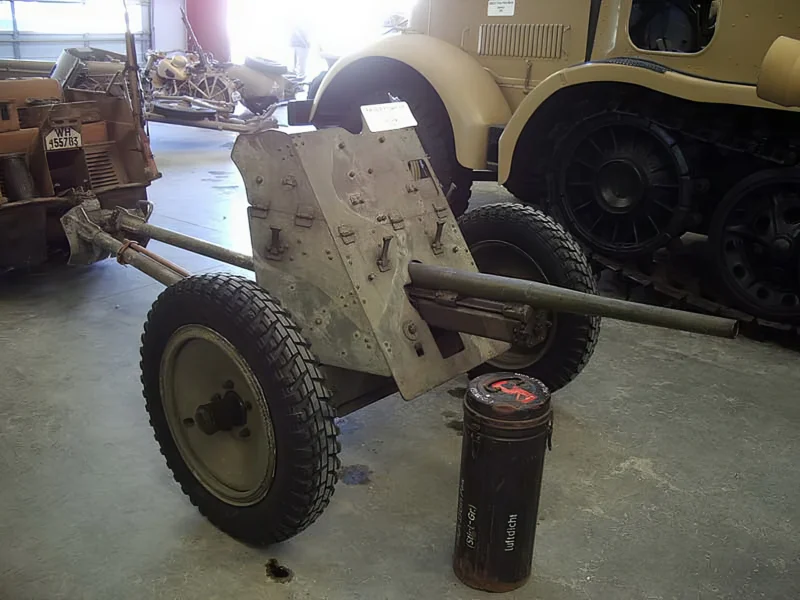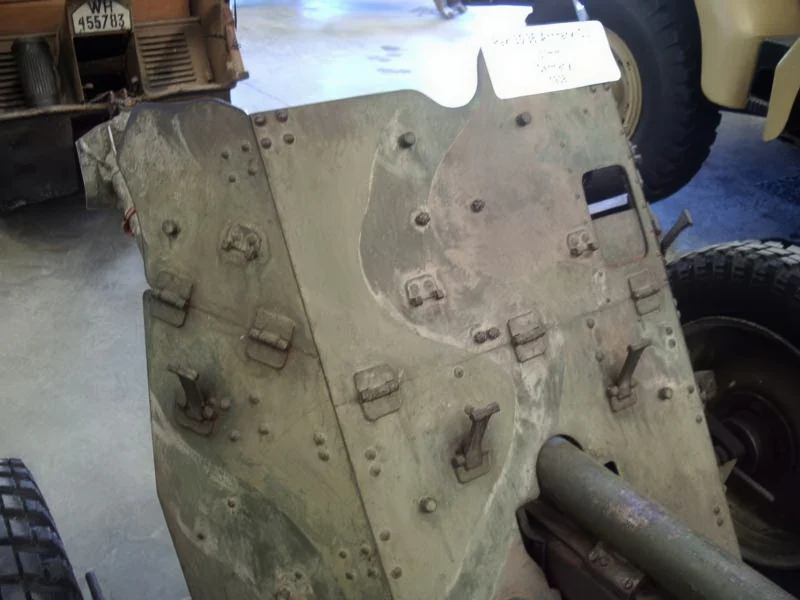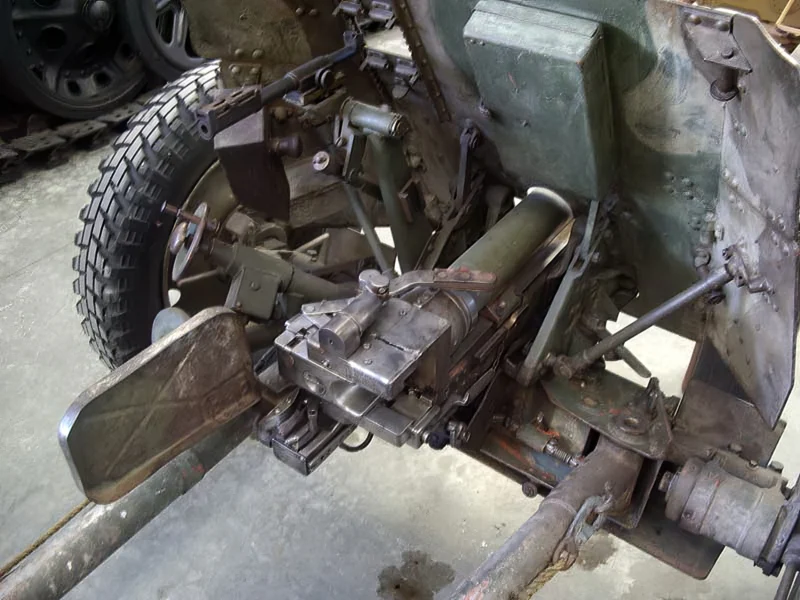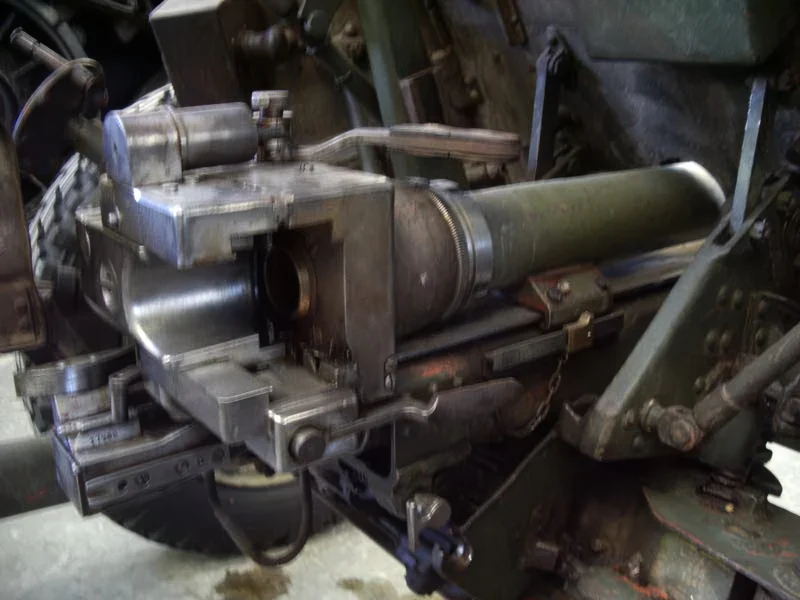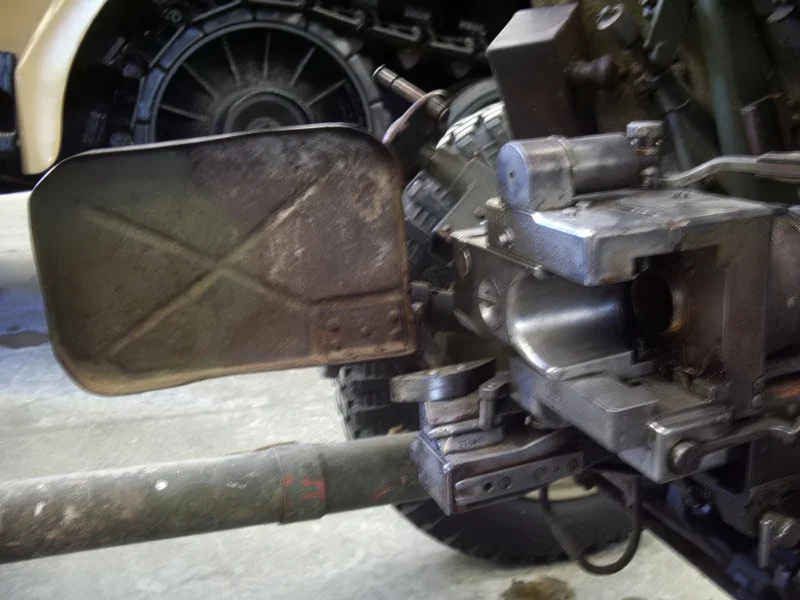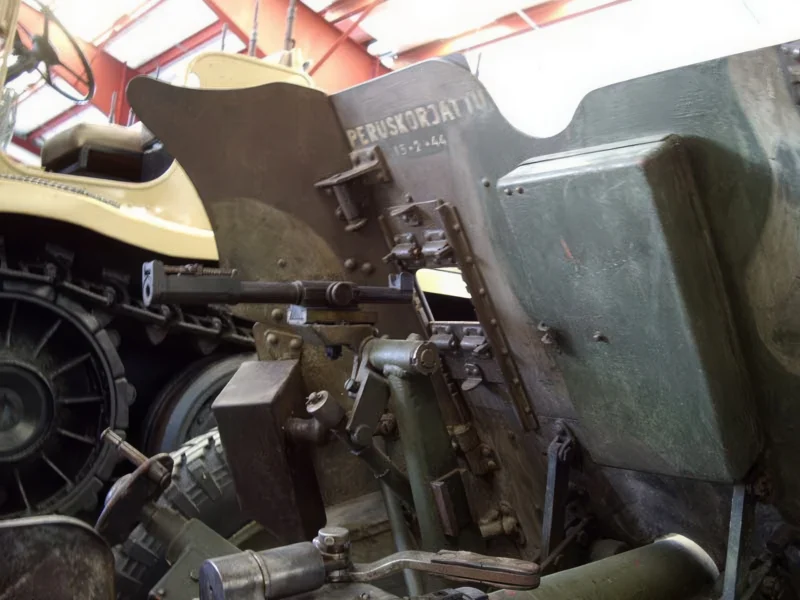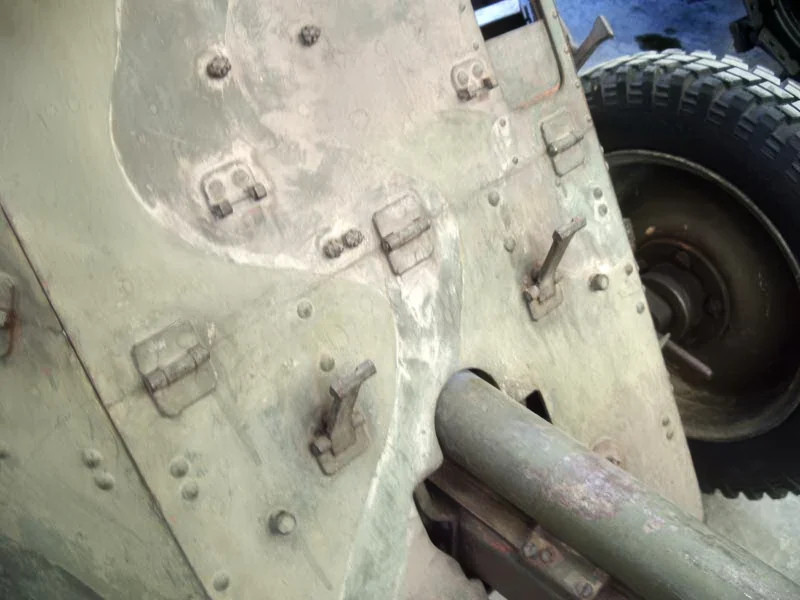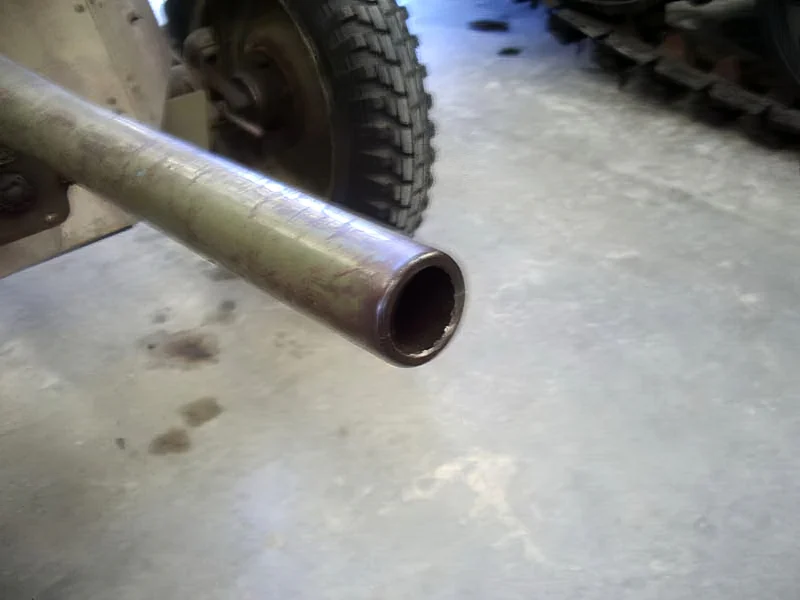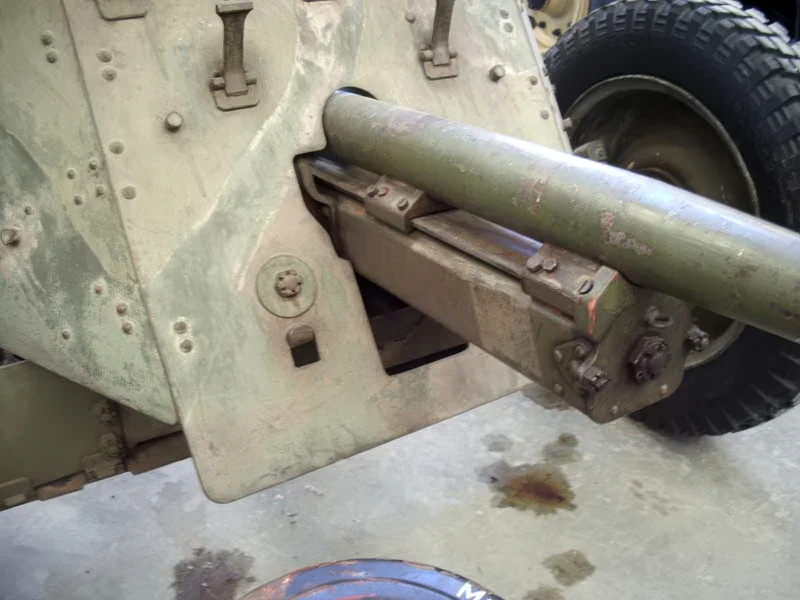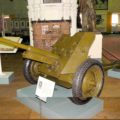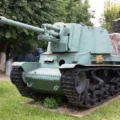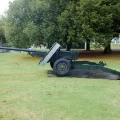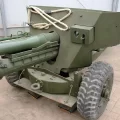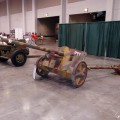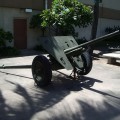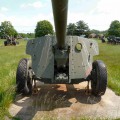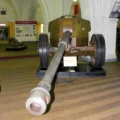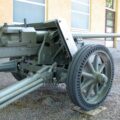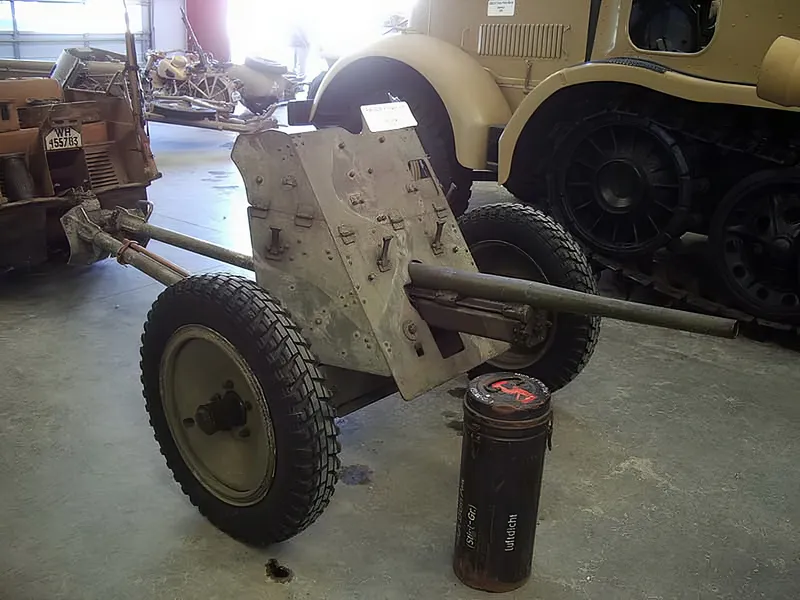
37mm Pak35-36 | |
|---|---|
| Pays | Germany |
| Type | Anti-tank gun |
| Period | World War II |
Photo gallery on a Pak35-36 cannon, The Pak 36 (Panzerabwehrkanone 36) was a German anti-tank gun capable of firing 37 mm caliber shells. Developed in 1936 by Rheinmetall, the Pak 36 appeared the same year during the Spanish Civil War. It became the base of the anti-tank guns of many countries during the early years of The Second World War. The KwK 36 L45 was the same gun, but served as armament on several battle tanks, including early-war models such as the Panzer III.
| 37mm Pak35-36 Anti-Tank Gun | |
|---|---|
| Photographer | Unknow |
| Localisation | Unknow |
| Photos | 36 |
See also:
The 3.7 cm Panzerabwehrkanone 35/36 (PaK 35/36) was the standard German anti-tank gun at the outbreak of World War II. Developed by Rheinmetall in the late 1920s and issued in the mid-1930s, it was an advanced weapon for its time, designed to be highly mobile and effective against the lightly armored tanks of the interwar period.
Key Features and Specifications
- Role: Light towed anti-tank gun, standard issue for German infantry and *Panzerjäger* units in the early war years.
- Caliber: 37 mm.
- Weight: Extremely light, with a combat weight of only around 432 kg (950 lbs), allowing it to be easily maneuvered by its small crew (typically 5 men) or even pulled by hand.
- Barrel Length: L/45 (45 calibers long).
- Performance (Early War): The gun performed well in the Spanish Civil War and the invasion of Poland (1939), successfully engaging most light tanks encountered.
- Rate of Fire: High, around 13 rounds per minute.
Impact, Obsolescence, and Nickname
The PaK 35/36’s combat performance took a sharp downturn during the Battle of France in 1940. German crews discovered that its small, 37mm armor-piercing rounds were incapable of reliably penetrating the frontal armor of heavier Allied tanks, such as the French Char B1 and the British Matilda II.
This inadequacy against better-armored vehicles led to the gun earning the famous, derisive nickname among German soldiers:
“Heeresanklopfgerät” (Army Door-Knocking Device)or simply “Door Knocker”, suggesting that its shells merely alerted the enemy crew to its presence without causing damage.
The final nail in its coffin came during the invasion of the Soviet Union in 1941, where it proved utterly useless against the formidable armor of the new Soviet T-34 medium and KV-1 heavy tanks.
Extended Service Life
Despite being largely obsolete by 1941, its sheer numbers (over 15,000 produced) meant the PaK 35/36 remained in service until the end of the war, often fulfilling secondary roles like coastal defense, training, or anti-infantry support. Its utility was temporarily extended by the introduction of:
- PzGr 40: A limited-production, high-velocity, tungsten-core ammunition that offered improved penetration at close range.
- Stielgranate 41: A large, fin-stabilized, shaped-charge projectile that was launched from the muzzle. This gave the gun the ability to defeat any tank armor at the time, but the projectile’s low velocity limited its effective range to only a few hundred meters, requiring the crew to operate dangerously close to the target.
Views: 5202
